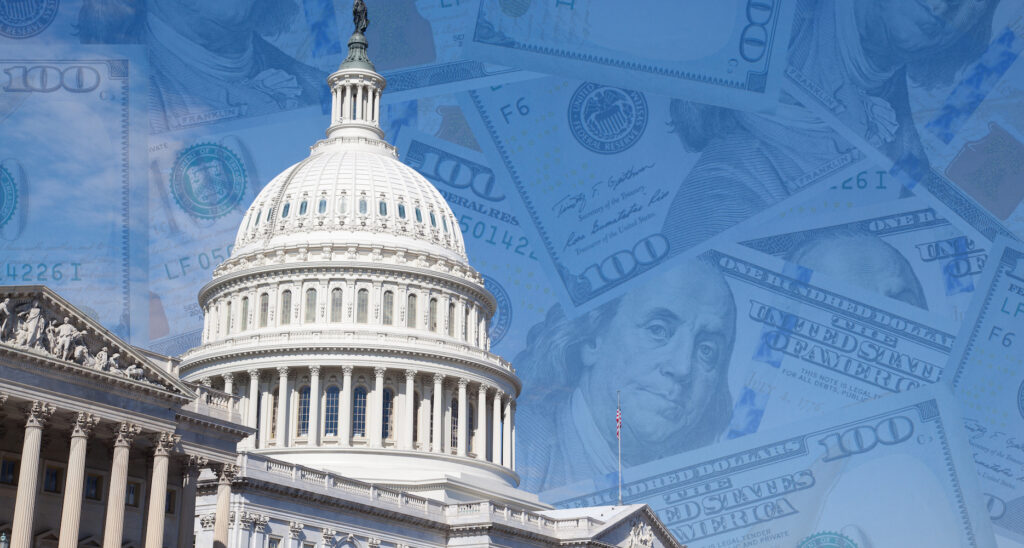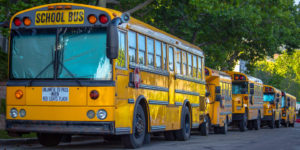North Carolina ed leaders preparing for end of federal pandemic funding
(The Center Square) – A toolkit developed by North Carolina education officials will help districts analyze which learning recovery programs had the best return on investment as federal COVID-19…

(The Center Square) – A toolkit developed by North Carolina education officials will help districts analyze which learning recovery programs had the best return on investment as federal COVID-19 funds run out later this year.
About $6 billion in federal learning recovery funds were received, with about 90% delivered to districts and schools. Tutoring programs, technology purchases and heating and air-conditioning were among a wide variety of uses.
Schools have until September to spend the remaining federal relief funds. State education officials are urging them to begin planning now for ways to maintain learning recovery programs that benefitted students the most.
The department developed the ESSER Funding Cliff Toolkit to help district leaders tap into data on expenditures and student outcomes to evaluate which programs offered the best return for the money, and provide recommendations for securing funds to continue them. ESSER is an acronym for the Elementary and Secondary School Emergency Relief Fund.
“We think about this as a way they could make evidence-based decisions,” Maher said. “A number of different interventions are happening and we’re trying to determine which had the biggest impact on student learning recovery.”
Officials with the education department’s Office of Learning Recovery and Acceleration are holding regional meetings with district leaders to explain the toolkit, how it can help, and discuss important considerations ahead of the funding cliff. Other meetings will offer presentations to the state’s superintendents and school boards, while the state is going through the same process to evaluate statewide programs, he said.
“There are a lot of hard conversations with districts about what’s your plan for 2024 when the funds run out,” Maher said.
The kit also helps districts estimate the magnitude of the fiscal cliff they face by assessing six factors: federal allocations, increased teacher salaries, increased staffing levels, change in per-pupil funding levels, unrestricted fund balance, and unspent COVID-19 relief dollars.
Maher said some districts “have used the money for recurring expenses” they may not be able to cover after September.
State education officials are encouraging zero-based budgeting and the concept of braiding federal funding, with a budgeting template and explainer document included in the kit.
Maher said while the federal COVID relief funds will have a significant impact on some districts, there are numerous federal programs schools can use to cover some of the loss by drawing from multiple sources.
“For tutoring programs, I have available to me as a district seven different funding sources,” he said. “We’ve been really pushing this idea of overlapping funding.”



